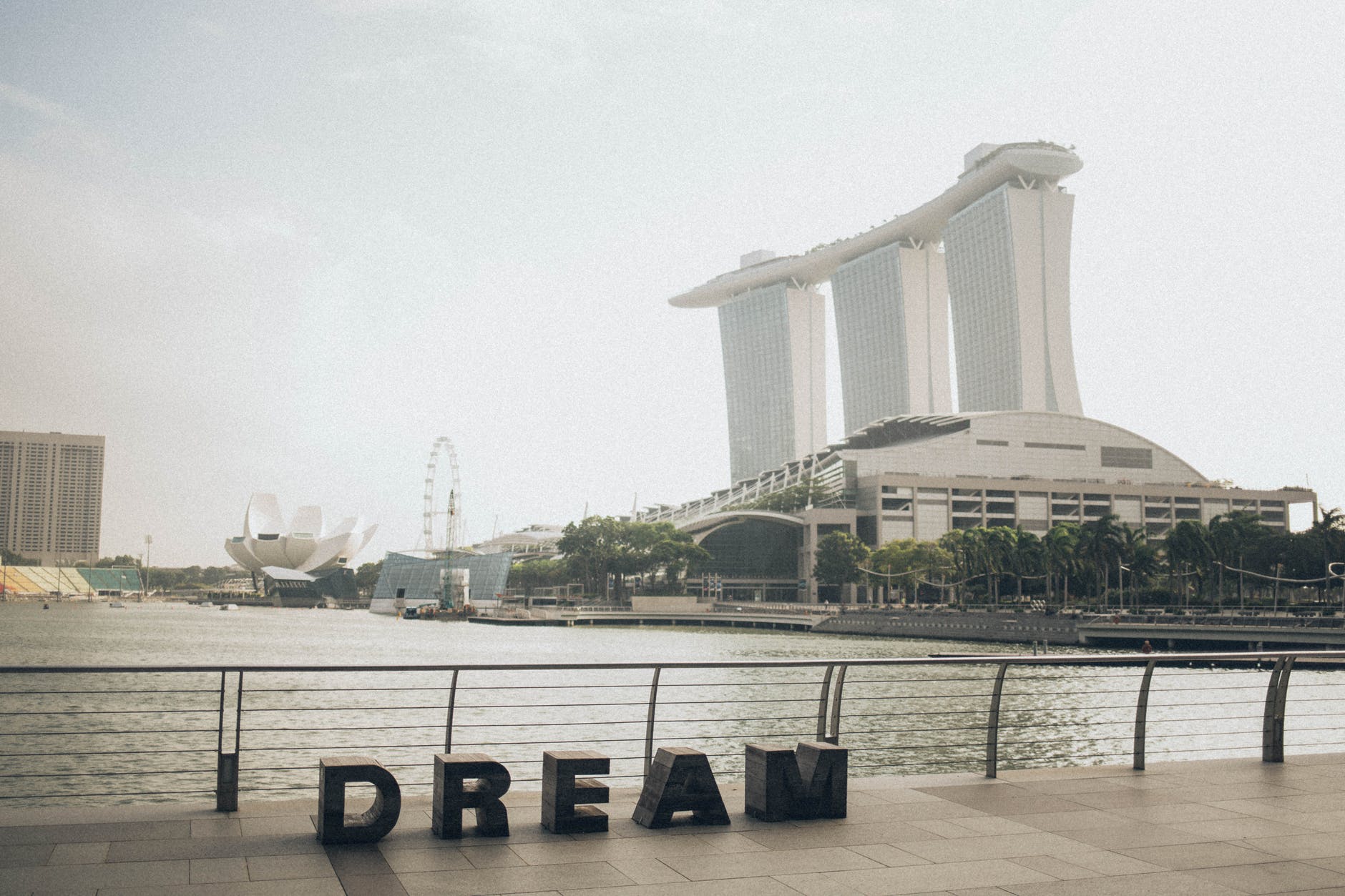Singapore & San Francisco

On a flight to San Francisco from Singapore, curiosity started me wondering about the comparison and contrasts of the two cities. Granted, Singapore is also a nation-state, but I'll focus on the city aspect of it. San Francisco is around 121 km^2. Singapore is 712 km^2. They both exist on a peninsula. Vastly different societies and philosophies. The population of Singapore is around 5 million. San Francisco's population is roughly 850,000. The annual turnover of Singapore is around US$60 billion, contrasted to San Francisco's US$4.7 billion. The two cities are roughly just as dense. Singapore is 7,022 people per square kilometer. San Francisco is 7,024 people per square kilometer.
Singapore is a city of skyscrapers, mostly out of necessity in order to provide living, working, and relaxing spaces for the population. The day time working population further swells the city as Malaysians enter from Johor Bahru across the river. Singapore has an interesting array of building architecture to add beauty to the city. It has a lot of parks and green spaces intermixed with the buildings and infrastructure.
Both cities have cars and the supporting infrastructure everywhere. Neither city is really so large you need a car to get around. An electric bike would easily cart you and your wares around the either city with ease. San Francisco has the added challenge of hills, but any 250W bicycle motor can conquer these. The amount of space consumed in Singapore to accommodate cars (parking lots, garages, streets, etc) could accommodate more parks and more space for living, working, and relaxing. This could be true for San Francisco as well, but there's a more obvious next step for further population growth and prosperity: building more skyscrapers and innovating in earthquake and fire proofing the towers. Further, green, ecologically friendly building innovation could help.
This is a controversial statement, I know. However, projects do exist, mostly in the Financial District and Market Street areas. This would change the fundamental character of San Francisco. I think the net benefits for all in the end are worth it. I'm not the only one thinking about this either, SFMOMA, TransBay Blog, Asia Society, and others. None of this is new either, History of San Francisco's Urban Planning, The Manhattanization of SF: How the city's skyline has changed in the last two decades, and Council of Tall Buildings and Urban Habitat Skyscraper tracking. What's most interesting about the last link there is the timeline of skyscraper being built. It shows there's a dip in the 1990s of building and now it's greatly picked up frequency. The map also shows the bulk are in the Financial District. And as the financial district spreads out, so do the tall buildings.
There are still a decent number of empty lots, spaces, and single level buildings where more dense communities could be created or enhanced.
As I'm hiking around the woods, these are my thought experiments wafting through my head. These aren't really serious treatises on the topic, but I see plenty of parallels to water-bound cities and how the two have approached solutions. As a resident of either city, both would feel roughly the same, even though the populations are different. Singapore, to me, just feels much wealthier overall and exudes an energy I haven't really felt anywhere else. I still love San Francisco and will work to make it the best, prosperous city I can.